The world's first 300-megawatt compressed air energy storage project in Yingcheng, Central China's Hubei Province, will be put into commercial operation soon, Song Hailiang, a member of the National Committee of the Chinese People's Political Consultative Conference (CPPCC) and the Secretary of the Party Committee and Chairman of China Energy Engineering Corporation Limited (CEEC), told the Global Times.
Song made the remarks after Chinese Premier Li Qiang announced that China will strengthen the construction of ecological civilization and promote green and low-carbon development in 2024 when he delivered the government work report on Tuesday.
As the national team and main force in energy and power and infrastructure construction in China, CEEC is dedicated to contributing more optimal energy construction solutions to building a low-carbon, smart, and harmonious beautiful world, Song noted.
He stated that in the field of comprehensive energy storage, we have successively built compressed air energy storage power stations in Hubei, East China's Shandong Province, Northwest China's Gansu Province and Northeast China's Liaoning Province, taking the lead in technology routes, solutions and industrial ecology.
Among them, the Yingcheng project in Hubei is the world's first 300-megawatt compressed air energy storage project, which will be put into commercial operation soon. The Jiuquan project in Gansu is the world's first 300-megawatt artificial cave compressed air energy storage project, solving the world's geographical constraints on compressed air energy storage, according to Song.
In the process of China's all-round opening up, CEEC is one of the world's largest comprehensive solution providers in the power industry and infrastructure investment and construction contractors. Song said that currently, CEEC's business covers more than 140 countries and regions worldwide, with over 100,000 international business personnel, ranking among the top five in contract amounts among Chinese enterprises undertaking foreign projects.
Over the past five years, the cumulative contract amount of CEEC with countries associated with the Belt and Road Initiative (BRI) has exceeded 500 billion yuan, accounting for over 10 percent of the proportion of contracts signed by all Chinese enterprises, according to Song.
According to Song, CEEC's overseas projects have three major characteristics. First, they are large in scale, such as the Nestor Kirchner-Jorge Cepernic Hydroelectric Power Plant located on the Santa Cruz River in Argentina, which is the largest overseas power project undertaken by Chinese enterprises, demonstrating the strong resource integration capabilities of Chinese enterprises.
Second, the advantages of the entire industry chain are well utilized, with strong integrated service capabilities from survey planning and design to investment construction and operation. Third, the technological level continues to upgrade, accelerating the transformation from traditional energy to new energy, especially in the integrated construction of wind, solar, hydro, and storage energy, he added.
"Faced with the new pattern and trends of global energy development, we are facing a valuable window of opportunity," Song noted.
He suggested that, in the future, China should further optimize the top-level design at the national level, continue to adjust and improve the financial support system, accelerate the establishment of a large investment platform for joint development of production, finance, and technology, and jointly create joint venture platforms and alliance organizations composed of Chinese enterprises, local enterprises, and international enterprises in order to jointly promote the stable and far-reaching development of the BRI.








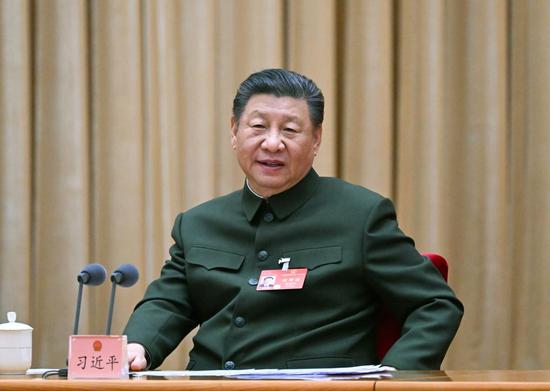

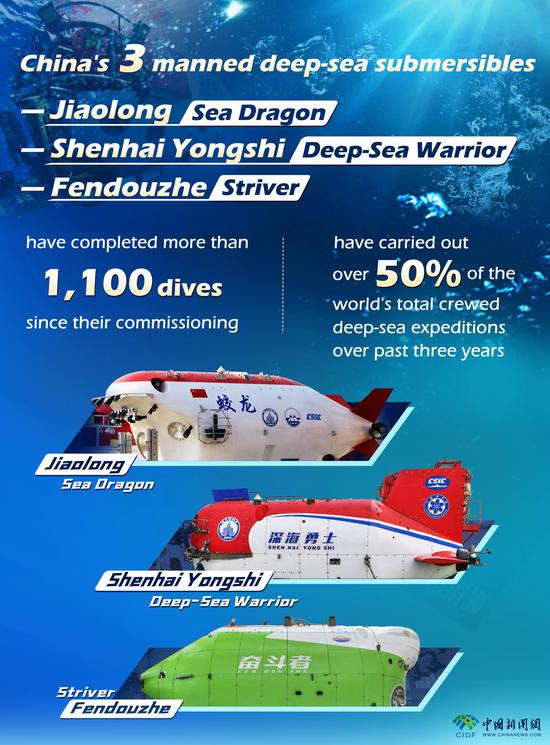
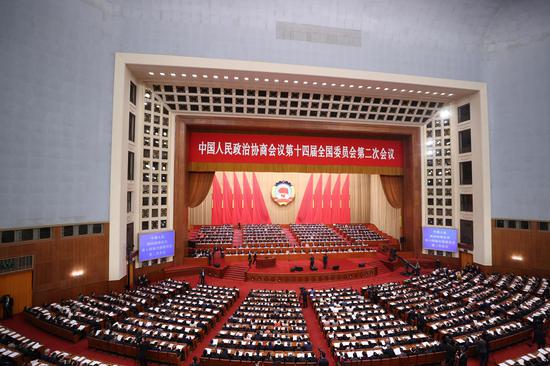
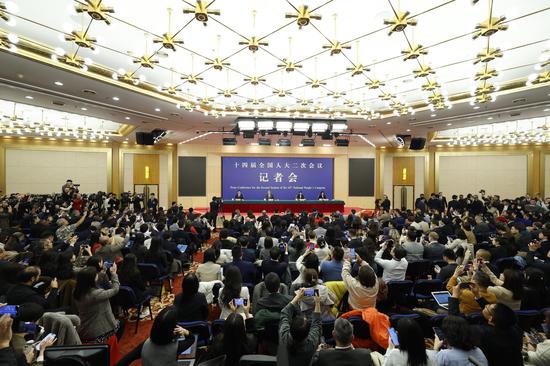

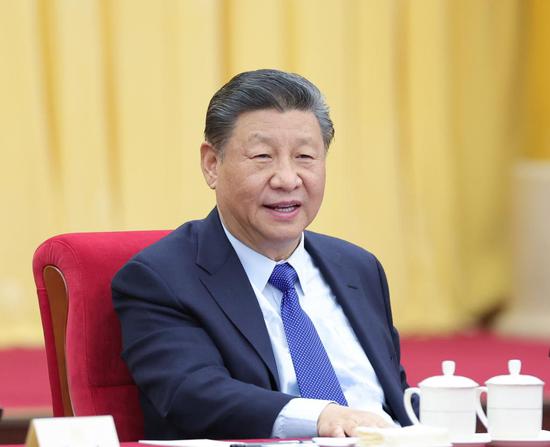
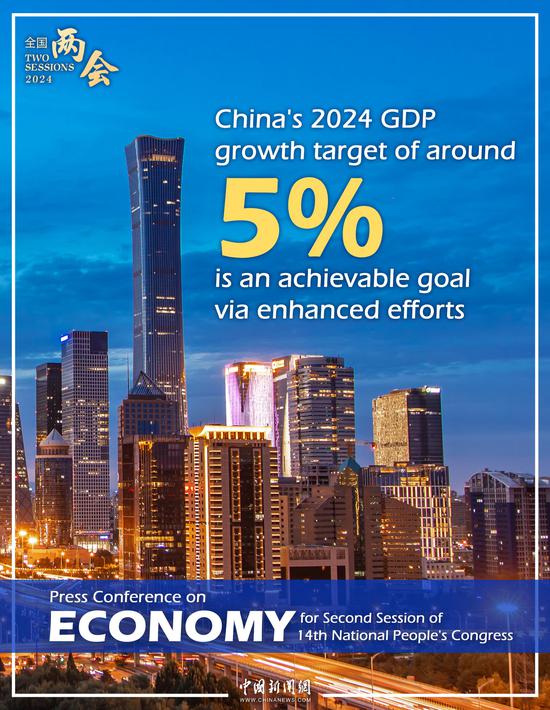

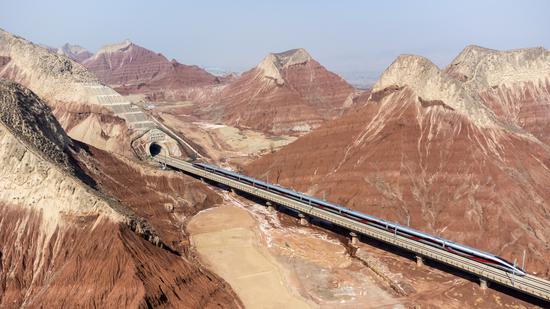

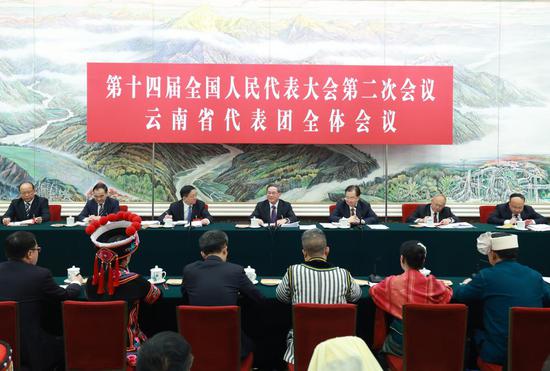

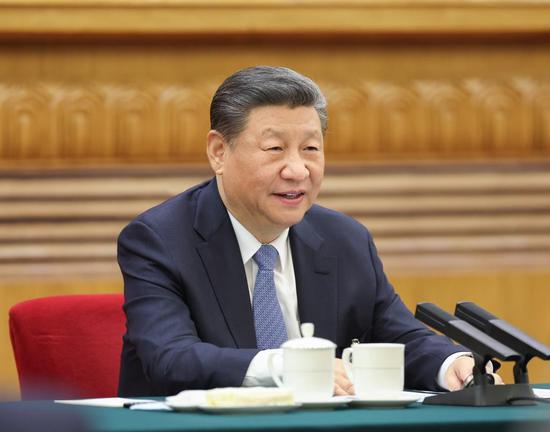
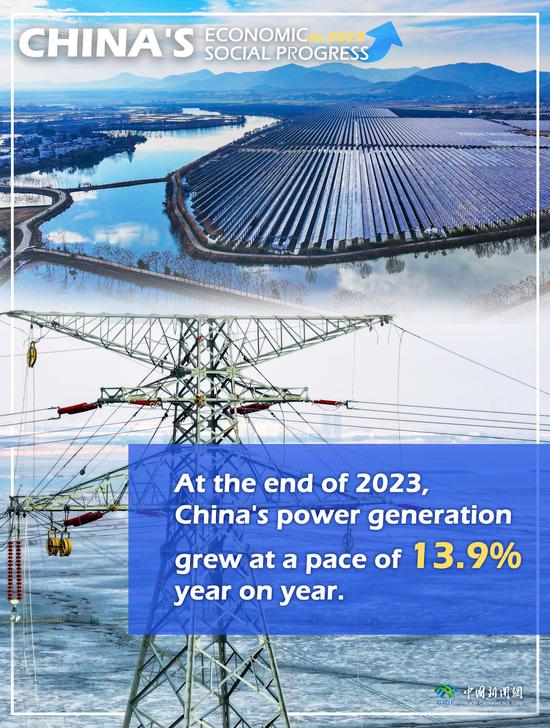
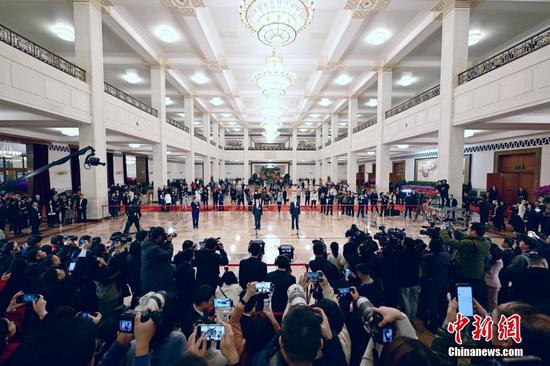
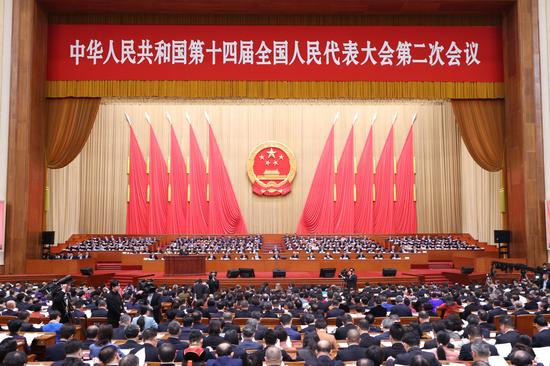

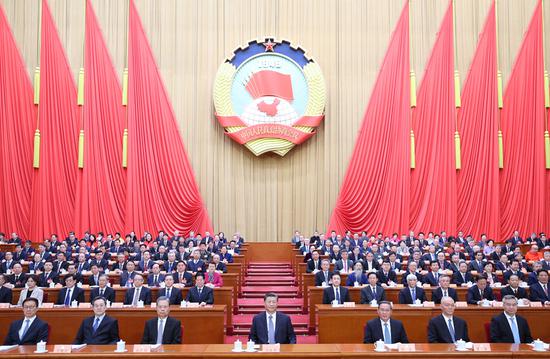
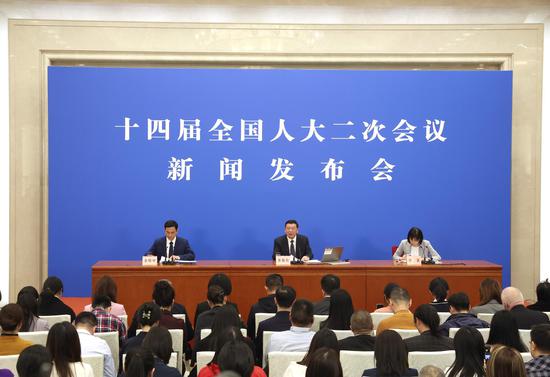
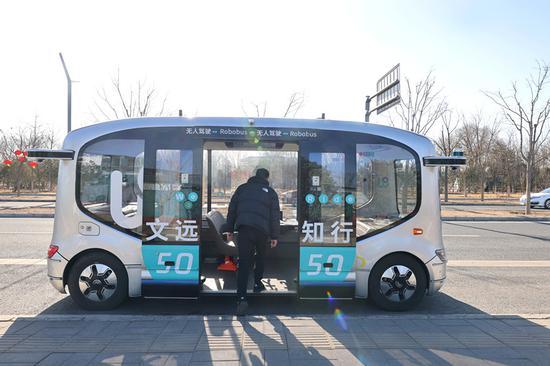



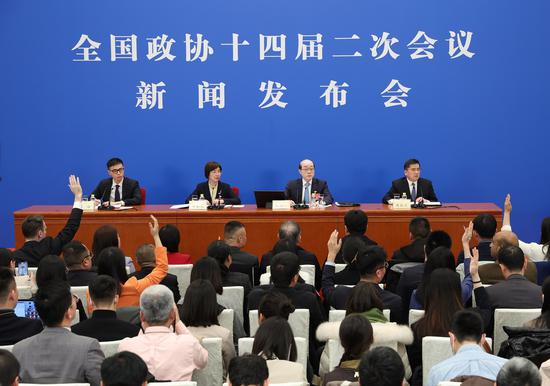

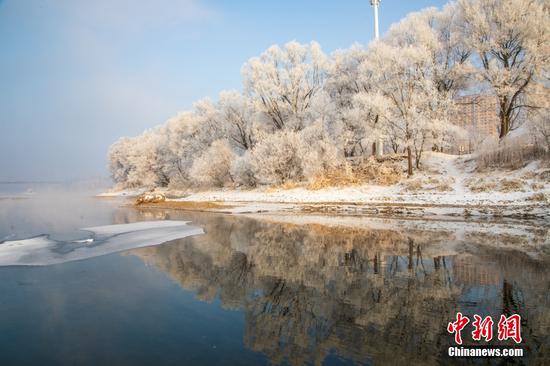
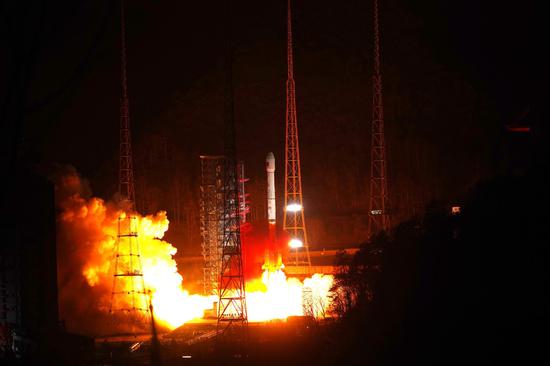
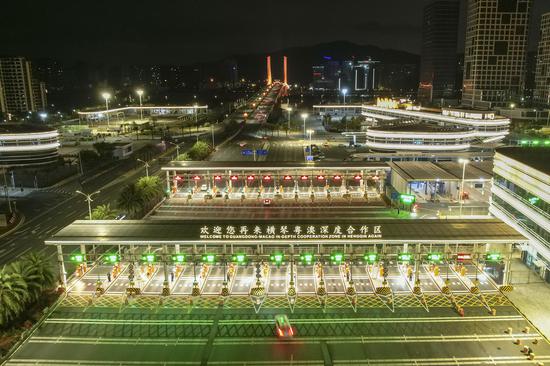






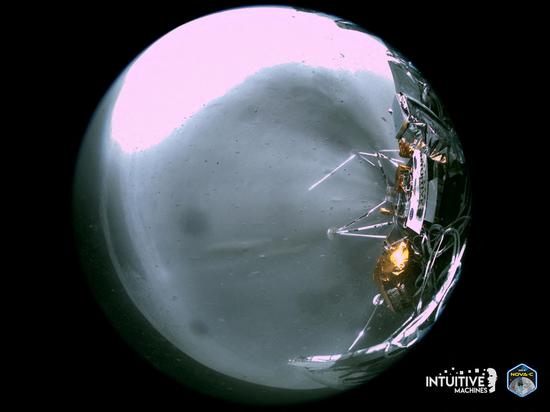
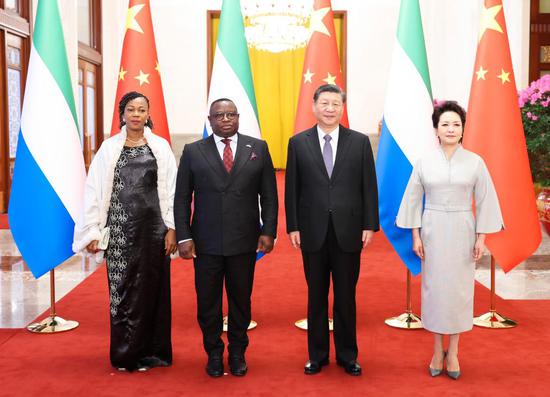

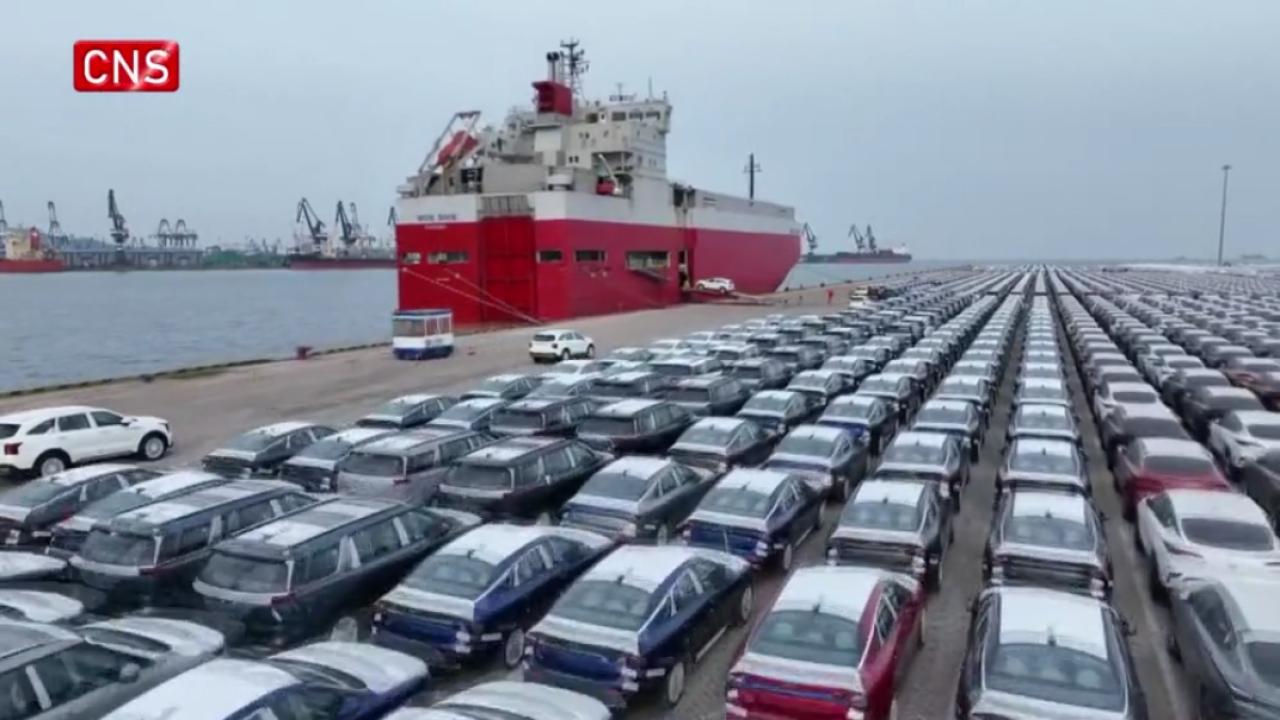



 京公网安备 11010202009201号
京公网安备 11010202009201号